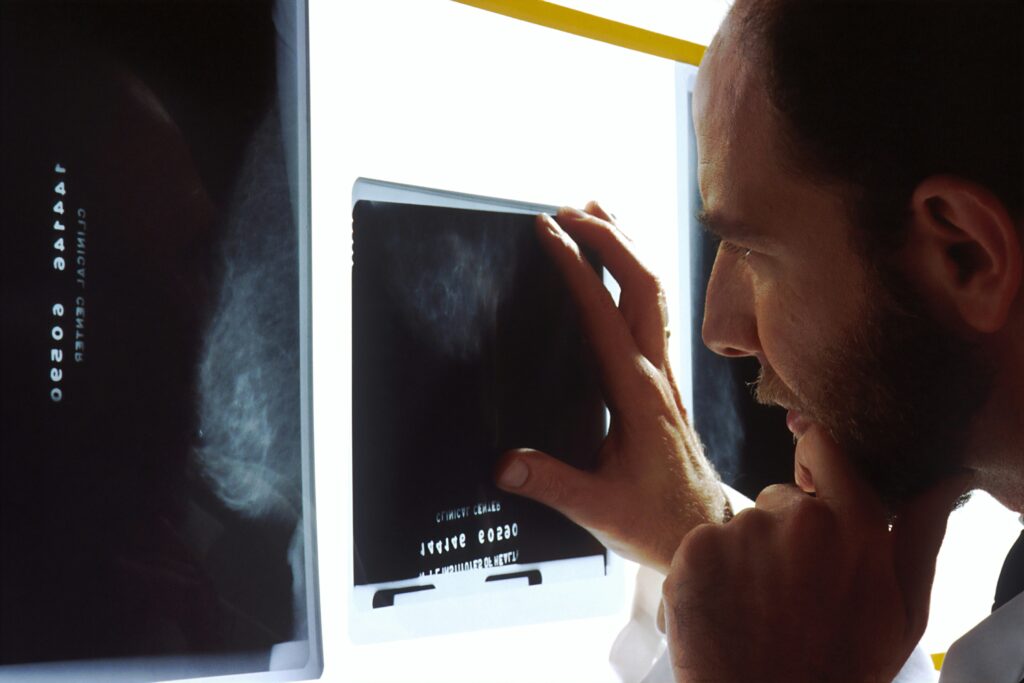
MINNEAPOLIS — A groundbreaking study published on July 16, 2025, in Neurology®, the medical journal of the American Academy of Neurology, has revealed significant findings about the use of antiseizure medications during pregnancy. The research indicates that certain medications are linked to an increased risk of birth defects, a revelation that could influence treatment decisions for pregnant individuals with epilepsy.
Dr. Sonia Hernandez-Diaz, MD, DrPH, of Harvard T.H. Chan School of Public Health, emphasized the importance of seizure control during pregnancy. “Seizures can lead to falls and other complications during pregnancy, so seizure control for those with epilepsy is crucial to protect the health of both the mother and child,” she stated. The study provides new insights into the safety of both older and newer antiseizure medications, offering crucial information for healthcare providers and patients alike.
Study Methodology and Findings
The study involved 7,311 women who were taking antiseizure medications during their first trimester of pregnancy, compared to 1,311 women who were not on these medications. Participants were interviewed at various stages: at the start, at seven months pregnant, and within three months after delivery. Birth defects were confirmed through medical records, which included conditions such as cleft lip, heart defects, and neural tube defects like spina bifida.
Researchers specifically examined the risk of birth defects associated with different antiseizure drugs. The study found that the risk varied significantly among medications. Valproate was associated with the highest risk, with major birth defects occurring in 9% of exposed infants. Phenobarbital followed at 6%, while newer drugs like topiramate showed a 5% incidence of birth defects. In contrast, lamotrigine, used as a reference, had a 2% occurrence of malformations.
“Our results confirm that using valproate, phenobarbital, or topiramate during early pregnancy is linked to a higher chance of major birth defects in infants when compared to lamotrigine,” Hernandez-Diaz noted.
Comparative Analysis of Antiseizure Medications
When comparing these medications, the study found that those taking valproate had more than five times the risk of birth defects compared to those taking lamotrigine. Phenobarbital users faced nearly three times the risk, and topiramate users had over twice the risk.
Interestingly, the study did not find an increased risk of birth defects with medications such as levetiracetam, oxcarbazepine, gabapentin, and zonisamide. However, the data for lacosamide and pregabalin was inconclusive, indicating a need for further research.
“On the other hand, our results did not show an increased risk with medications like levetiracetam, oxcarbazepine, gabapentin, and zonisamide,” Hernandez-Diaz added.
Implications for Future Research and Patient Care
The study’s findings underscore the critical need for informed decision-making when prescribing antiseizure medications to pregnant individuals. The research highlights the importance of balancing the risks of birth defects with the necessity of seizure control during pregnancy.
A limitation of the study was its enrollment process, as participants were included months after conception, potentially leading to an underestimation of malformations due to early pregnancy losses not being assessed.
For those seeking more information on epilepsy and related health issues, BrainandLife.org, a resource from the American Academy of Neurology, offers a wealth of information, including a magazine, podcast, and books that connect patients and caregivers with expert insights.
About the American Academy of Neurology
The American Academy of Neurology (AAN) is the leading authority in brain health, comprising over 40,000 members worldwide. The AAN is dedicated to advancing the field of neurology through research and education, providing the latest news and developments to patients, caregivers, and professionals.
For further exploration of neurological diseases and brain health, the AAN offers resources on its website and across various social media platforms.





